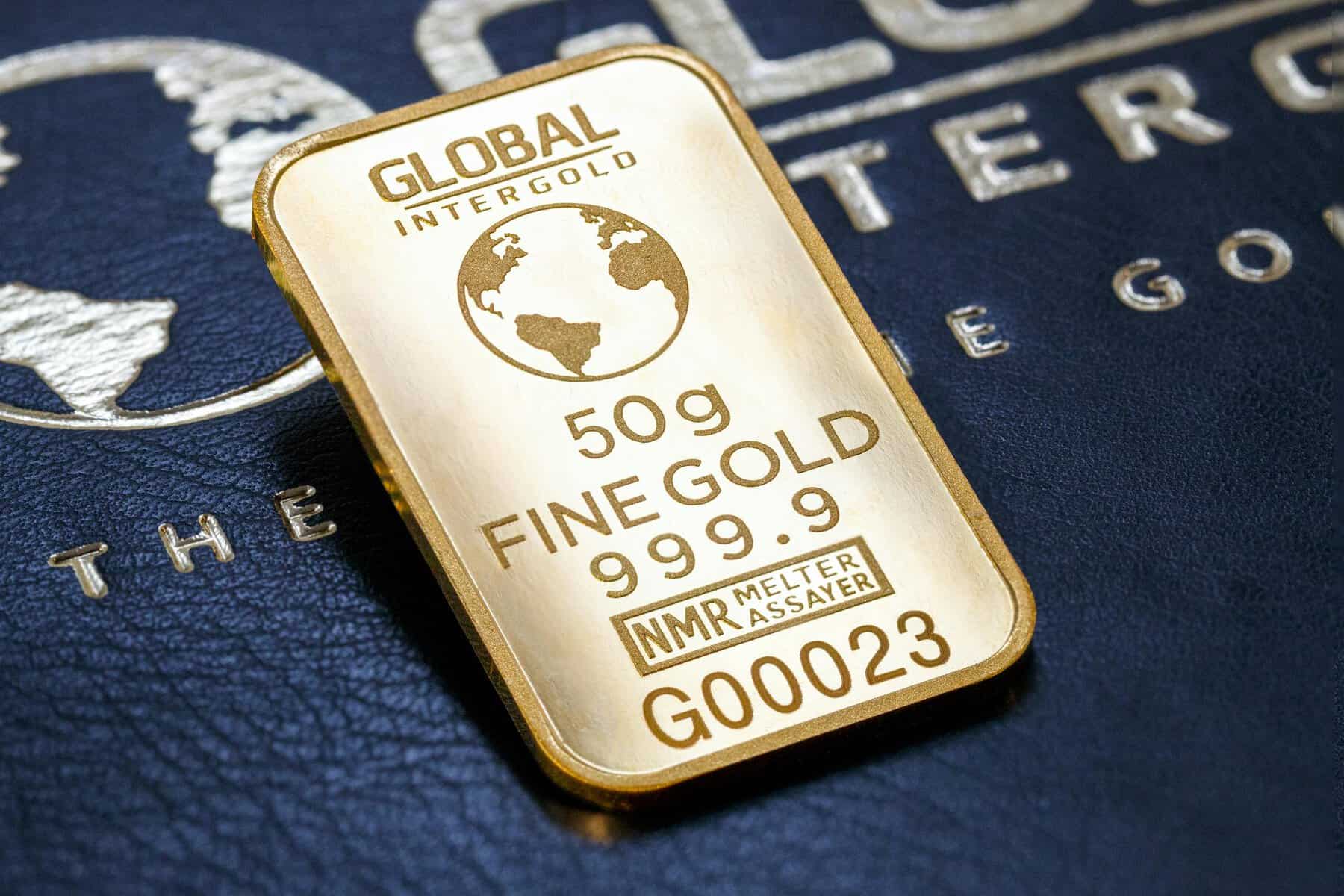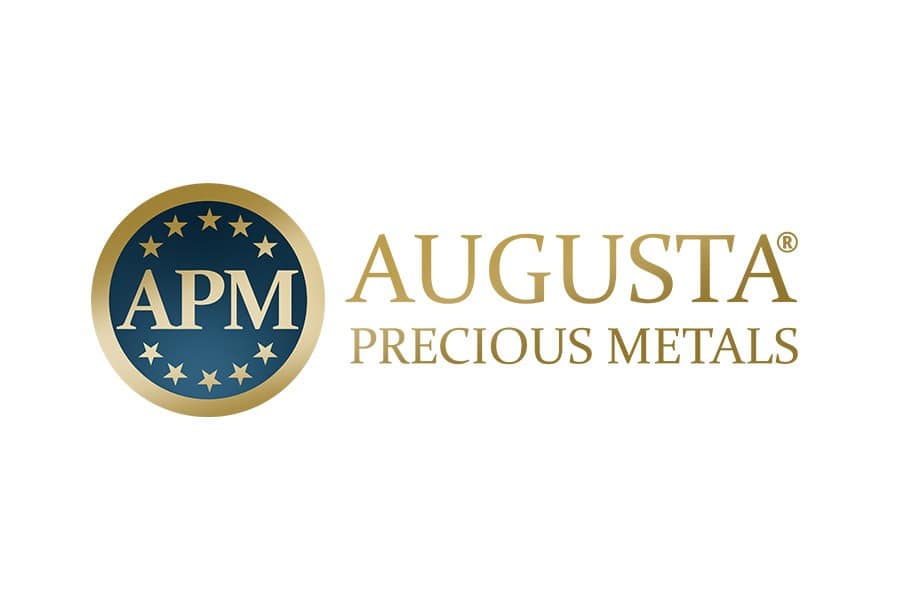Subscribe to get our FREE
GOLD IRA GUIDE
Best Gold 401K to IRA Companies

Investing in a gold 401k rollover is an effective way to diversify your retirement portfolio, offering a secure way to protect your assets against market fluctuations.
In this guide, we’ll explore the best gold 401k companies and how they can help you convert your 401k into a gold-backed investment, ensuring long-term financial stability
We are currently seeing inflation on the rise in many countries of the planet. The current crisis in the western world, the wars and the uncertainties, are pushing many Americans to seek for the stability in their investments. In this sense, precious metals can be seen as a secure and tangible assets able to protect investors during the ups and the downs of the economy. As a consequence, many investors are considering rolling their 401k accounts into precious metals IRAs in order to protect a part of their patrimony from inflation and stock market falls.
As a result, this article has the purpose of helping you in understanding how you can roll over a 401k account into a Gold IRA brand-new account, showing you the unique advantages of this type of investment.
We will provide detailed evaluations of leading Gold IRA companies to help you make informed and rational decisions which will benefit your overall wealth level and will protect your savings.
Why Consider the Best Gold 401k Companies for Your Retirement?
A Gold IRA allows individuals to hold physical gold and other precious metals within a retirement account. Unlike traditional 401ks, which are restricted to paper assets like stocks and mutual funds, a Gold IRA offers several distinct advantages:
How to Set Up a Gold IRA
1) The selection of a Custodian.
The IRS requires Gold IRAs to have a custodian who manages the account, handles administrative tasks, and ensures compliance with regulations and takes care of the overall transactions. Custodians are typically financial institutions or approved trust companies.
2) The choice of Precious Metals.
Decide which types of precious metals to include in your IRA. Only certain gold, silver, platinum, and palladium products meet the eligibility criteria. It's essential to select metals that comply with IRS standards for purity and authenticity.
3) Storage Arrangement.
The custodian will arrange for the metals to be stored in an IRS-approved depository. These depositories are secure facilities that specialize in safeguarding precious metals, ensuring they are stored safely and in compliance with IRS regulations.
How to roll a 401(k) into an IRA

Rolling a 401(k) into an IRA (Individual Retirement Account) is a common financial strategy that can offer more control over your investments. Here’s a step-by-step explanation on how to do it:
Step 1 : Choose the Type of IRA
Traditional IRA: If you want to maintain the tax-deferred status of your 401(k), you can roll it into a traditional IRA. You won’t pay taxes on the transfer unless you withdraw the funds.
Roth IRA: If you prefer a Roth IRA, you will need to pay taxes on the rolled-over amount, as contributions to a Roth IRA are made with post-tax dollars. This is often done if you expect your tax rate to be higher in the future.
Step 2 : Open an IRA Account
If you don’t already have an IRA, you’ll need to open one. You can open an IRA with a brokerage firm, bank, or financial institution. Make sure you choose an institution that offers investment options aligned with your retirement goals.
Step 3 : Contact Your 401(k) Plan Administrator
Reach out to your current 401(k) plan administrator and inform them that you want to roll over your 401(k) into an IRA. They will guide you through the process and provide the necessary forms and instructions.
Step 4 : Choose Between a Direct or Indirect Rollover
Direct Rollover: In this case, the funds from your 401(k) are transferred directly into your IRA. You won't face any taxes or penalties, as the money never touches your hands. The custodian of your 401(k) will transfer the funds either electronically or via a check made out to the new IRA institution. This is the safest and simplest method as it avoids unnecessary tax consequences.
Indirect Rollover: Here, the 401(k) funds are distributed directly to you, and you have 60 days to deposit the full amount into your IRA. If you fail to do this within 60 days, the funds will be taxed and could also face a 10% early withdrawal penalty if you’re under age 59½. Additionally, the 401(k) plan will automatically withhold 20% for taxes, which you'll need to make up with your own funds when you deposit into the IRA to avoid taxes on the withheld portion.
Step 5 : invest the Rolled-over Funds
Once the funds are in your new IRA, you can choose how to invest them. IRAs generally offer a wider range of investment options compared to 401(k) plans, including stocks, bonds, ETFs, and mutual funds. Consult a financial advisor if needed to build a diversified portfolio aligned with your risk tolerance and retirement goals.
Step 6 : Monitor Your IRA
After completing the rollover, it's important to actively monitor and manage your IRA. Keep track of the performance of your investments, rebalancing when necessary, and ensure that your portfolio remains in line with your long-term retirement goals.

Benefits and Flexibility of Gold IRAs
A Gold IRA, as a self-directed IRA (SDIRA), provides a better investment flexibility compared to traditional retirement accounts. Investors can choose from a wider array of assets, including gold, silver, platinum, and palladium. Despite this flexibility, Gold IRAs offer tax benefits similar to traditional IRAs, such as tax-deferred growth on investments, making them an attractive option for diversifying a retirement portfolio.
For more information, we suggest you to have a look at the IRS site.
1) Augusta Precious Metals

Augusta Precious Metals is renowned for its exceptional service and commitment to educating its customers. The company places a strong emphasis on transparency and customer education.
Advantages:
No Sales Commissions: Augusta Precious Metals does not charge sales commissions, which is rare among Gold IRA providers and helps keep costs lower for investors.
Educational Resources: The company offers extensive market news and analysis, led by a Harvard-educated economist, ensuring clients are well-informed about their investments.
Top Ratings: Augusta holds an A+ rating from the BBB and the highest rating on TrustLink, reflecting their dedication to customer satisfaction.
Disadvantages:
High Initial Investment: The company requires a $50,000 minimum investment, which might be prohibitive for some investors, particularly those just starting their investment journey.
Augusta focuses heavily on customer education and transparent pricing. They have in-house compliance experts to ensure all investments meet IRS requirements, providing peace of mind for their clients.
Top Features of the Best Gold 401k Providers
2) Noble Gold

Since its founding in 2017, Noble Gold has quickly become a prominent Gold IRA provider. The company is well-regarded for its comprehensive services and customer-centric approach.
Advantages:
Low Minimum Investment: Noble Gold requires only a $2,000 minimum investment for a Gold IRA and $5,000 for a 401k rollover, making it accessible to a broader range of investors.
No Setup Fees: Unlike many competitors, Noble Gold does not charge fees for establishing a precious metals IRA, reducing the initial cost of entry.
Diverse Selection: Noble Gold offers a variety of popular gold and silver coins and bullion, including American Eagle and Canadian Maple Leaf coins, allowing investors to diversify their holdings effectively.
Disadvantages:
High Premiums: Some collectible coins come with high premiums, which can increase the cost of investment.
Noble Gold assigns a personal concierge to guide new clients through the rollover process, ensuring a smooth and stress-free transition. The company enjoys high customer satisfaction, reflected in their A+ rating from the Better Business Bureau and a five-star rating on TrustLink.
FAQ
A Gold IRA is a self-directed Individual Retirement Account that allows you to invest in physical gold and other precious metals, providing an alternative to traditional paper assets like stocks and bonds.
Gold IRAs offer protection against inflation, help diversify your investment portfolio, and provide a safeguard during economic downturns, as precious metals often retain value when other investments falter.
To set up a Gold IRA, you need to choose a reputable custodian, fund your account through a transfer or rollover from an existing retirement account, select IRS-approved precious metals, and arrange for secure storage in an approved depository.
The IRS mandates that Gold IRAs must have a custodian to manage the account, only allow investment in specific approved metals (gold, silver, platinum, palladium), and require the metals to be stored in an IRS-approved depository.
Yes, you can roll over funds from a 401k into a Gold IRA. This process, typically facilitated by your chosen custodian, helps you avoid tax penalties and ensures compliance with IRS regulations.
You can invest in IRS-approved metals, including gold (minimum purity of .995), silver (.999), platinum (.9995), and palladium (.9995), encompassing coins and bullion like American Eagles and Canadian Maple Leafs.
Gold IRAs typically have setup fees, annual maintenance fees, storage fees for keeping metals in a secure depository, and transaction fees for buying and selling metals.
Investing in Gold IRAs involves risks such as market volatility affecting metal prices, ongoing storage costs, and potential liquidity issues when selling physical metals.
Select a Gold IRA company based on its reputation (check BBB and TrustLink ratings), fee structure, quality of customer service, and range of available products. Reading reviews and seeking recommendations can also help.
No, while your Gold IRA is active, the IRS requires that the metals be stored in an approved depository. You can take physical possession only after taking distributions during retirement.
Upon retirement, you can begin taking distributions from your Gold IRA in the form of cash or physical metals. Alternatively, you can roll over the IRA into another retirement account, depending on your financial strategy and needs.